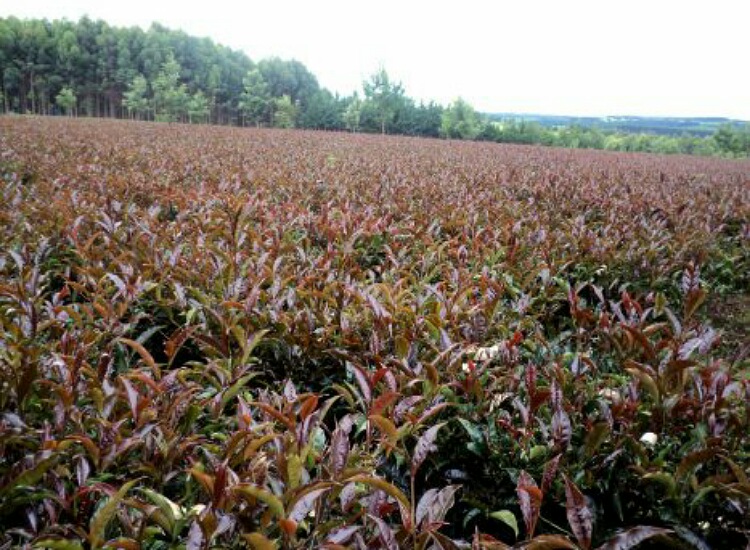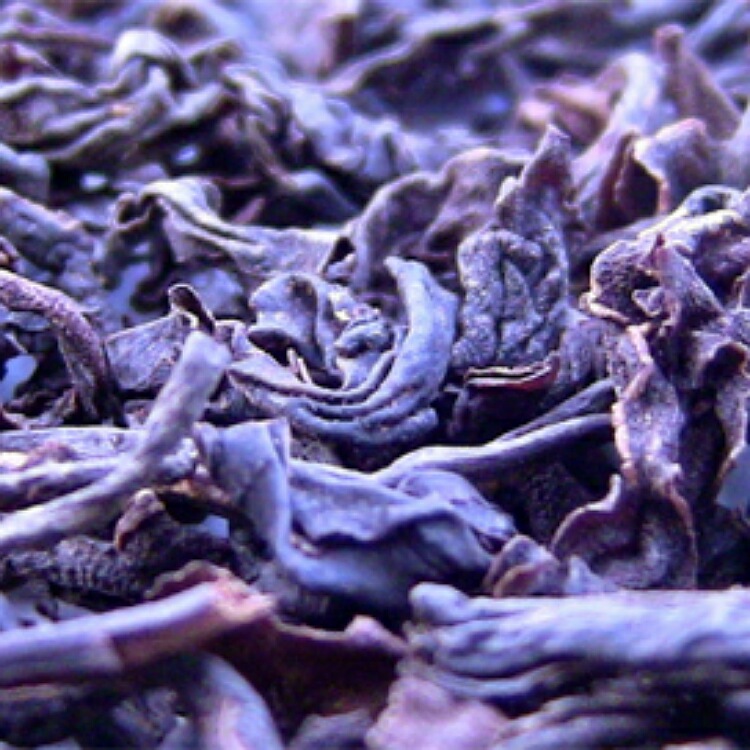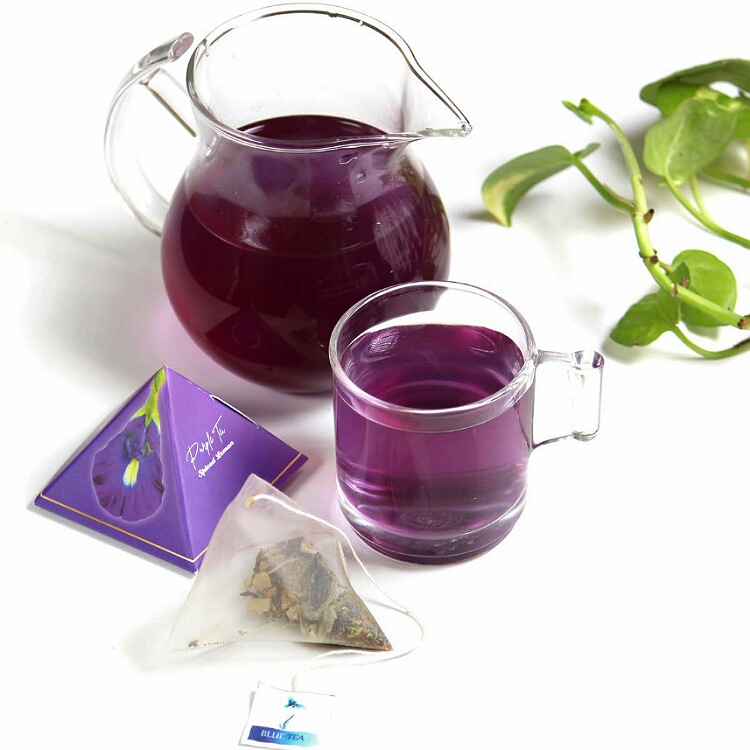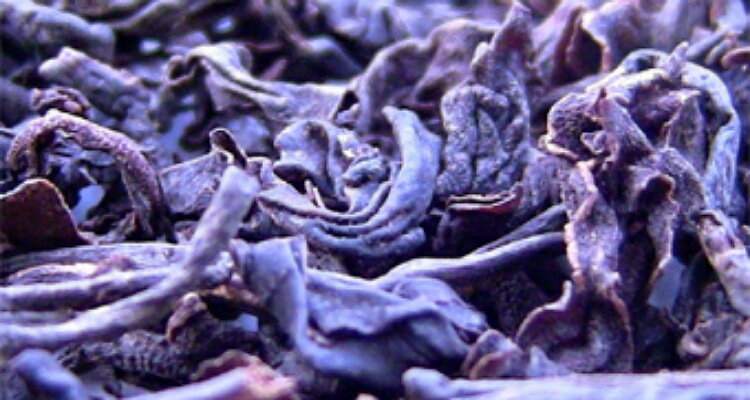Purple tea is a tea made from the purple leaves of the same tea tree. It is rich in anthocyanins and can withstand high sunshine. It is beneficial for health too? Is it the tea of the future?
Purple tea
White, yellow, green, and black tea all come from the same tea tree called Camellia sinensis. But they differ in the method and steps of processing.
The level of drying and oxidation are different. The white and yellow are minimally processed under controlled conditions.

To add to this list is another color tea called purple tea. After brewing, the water is purple. It is from the same tea tree but of a different variety. Additionally, it also has a different processing method on it. It has the clone TRFK 306/1 in it.
Purple-colored tea leaves and a variety
This tea leaves are vibrant purplish in color. It can be found in already tree types but not all tea trees produce these leaves.
The leaves to become purple require a specific set of climatic and soil conditions. It should be a cool weather but with plenty of sunshine and right kind of nutrients in soul and water.
The purple color is due to anthocyanins and another specific natural pigment. Both of these are present in the leaves when young and diminish as the leaves mature.
But modern farming technology has made it possible to retain the color in the older leaves too. This tea is in plenty in Azores archipelago of Portugal and Mt. Kenya region.

Tea Research Foundation of Kenya released the planting material for the growth of this special tea tree and the manufacture of purple tea to the local planters of Kenya in 2011.
This was so that they could use it for commercial cultivation. The tree is known in Kenya since 1994. And the price is many times higher than the regular tea. Farmers growing it reap high profits.
Is it the tea of the future?
This tea has a sweeter flavor. At the same time, it does not have the grassy smell of green tea. It has large amounts of polyphenols called anthocyanins.
These are good for health and can fight inflammation, cancer cells, cholesterol, blood sugar, and also protects heart, liver, gut, brain, and other vital body organs. Studies have also revealed that it has potent immuno-stimulatory and anti-cancer properties.

It grows in the highly rich volcanic soil and cool temperatures of certain mountains. Here, there is also intense sunshine. But purple tea withstands it and therefore can survive the detrimental effects of climate change and global warming.
Read more: What is a Bubble tea? Is it carcinogenic?
This tea also is so nutritious that it passes on these benefits to the drinker. The consumer would also get the capacity to tolerate high temperatures, droughts, etc of climate change.
Hence it is added that this tea would be the tea of the future. The farmers growing it real huge monetary benefits and those consuming it are also benefitted.
